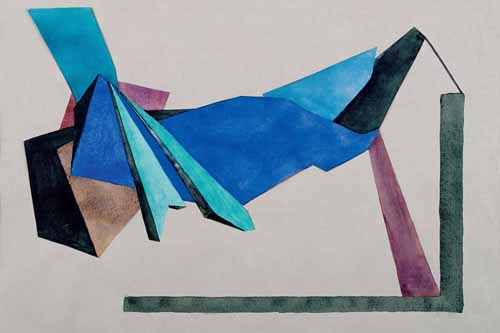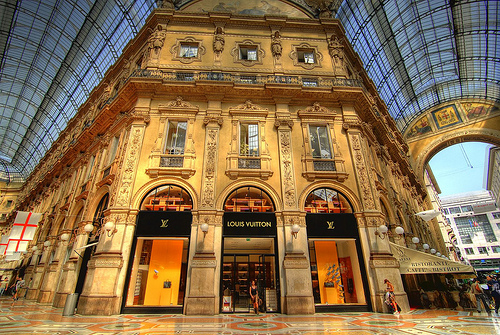
The Semple team recently visited ‘The Vorticists: Manifesto For A Modern World’ at the Tate Britain which is on until 4th September 2011. Despite lasting for only a brief period before and during World War One, Vorticism is regarded as one of the only truly avant garde art movements of the 20th Century and is often seen as growing out of Cubism, Futurism and Post-Impressionism. The group of artists, led by Wyndham Lewis, reacted against the normative culture and aesthetic of Edwardian Britain by embracing the modern world of industry and technology in their art.

The movement, behind which were artists such as Joseph Epstein, Henri Gaudier-Breska and Frederick Etchells, has a turbulent history being founded on friendship, betrayal and an exacting artistic vision which the exhibition clearly demonstrates in its exploration of the Omega Workshops and the Rebel Arts Centre. These two rival institutions were instrumental in the formation of the group, as displayed by the galleries collection of personal letters, posters and invitations, as was CRW Nevinson’s lecture ‘Vital English Art’ .The term ‘vorticism’ was coined by writer Ezra Pound after Wyndham Lewis furiously objected to Nevinson terming him a futurist in this lecture and thus vorticism was born.
During their short time the Vorticists showed only two major exhibitions, one at the Dore galleries in June 1915 and one at the Penguin Club, despite producing a large number of paintings, drawing and statues. The exhibition displays over 100 of these works many of which are by the movements key female artists Jessica Dismoor, Dorothy Shakespear and Helen Saunders, including a newly discovered group of her paintings. This part of the exhibition also shows the movement to be transatlantic, rather than confined purely to Britain, and examines some of the main themes the Vorticists were preoccupied with. These included technology, the strong male figure and, in particular, the female body and childbirth; Joseph Epstein’s series of statues and drawings on this subject, revered just as much now as they were by his contemporaries, are given appropriate prominence due to this.

The other major achievement of the Vorticists was the publication of two issues of their magazine ‘Blast’, the first of which the gallery has reproduced to allow viewers the experience of contemporary readers. This magazine, with its fuchsia pink cover and unusual typography, was a bold statement against the established way for all to see. It dealt not just with the Vorticist vision but with issues such as female suffrage and the war, an event which would eventually spell the end for the movement. The exhibition’s detailed and interactive display of ‘Blast’ magazine makes it clear that vorticism was not just a movement of artists but also writer’s and philosophers.

Wyndham Lewis once said that vorticism was found ‘at the heart of the whirlpool [in] a great silent place where all the energy is concentrated.’ It may have been as short lived as a whirlpool but vorticism’s vibrancy and energy impacted on modern art in a way that was undeniably long lasting.
Zoe Dickens
The Vorticists: Manifesto for a Modern World
Tate Britain 14 June – 4 September 2011

